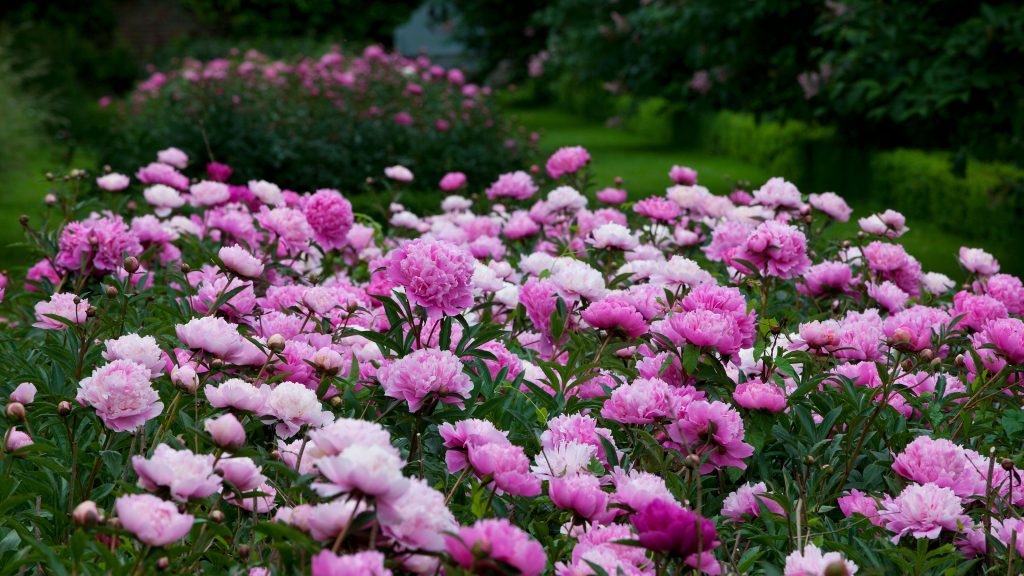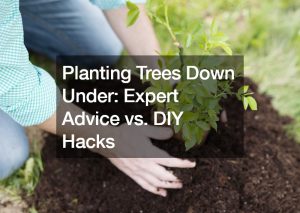With their lush, full blooms and alluring fragrance, peonies are undeniably a favorite among garden enthusiasts. Their riotous explosion of color and texture can bring a touch of the sublime to any garden setting, making them a coveted choice for casual and professional landscapers.
However, the concept of growing peonies indoors may seem daunting to some. The challenges associated with indoor cultivation are understandably different than those in an outdoor garden, requiring unique care and consideration. This article will navigate these complexities, exploring the prospect of indoor peony gardening and providing valuable insights to help your indoor peonies thrive.
Guide to Growing Peony Indoors
Peony Varieties for Indoor Cultivation
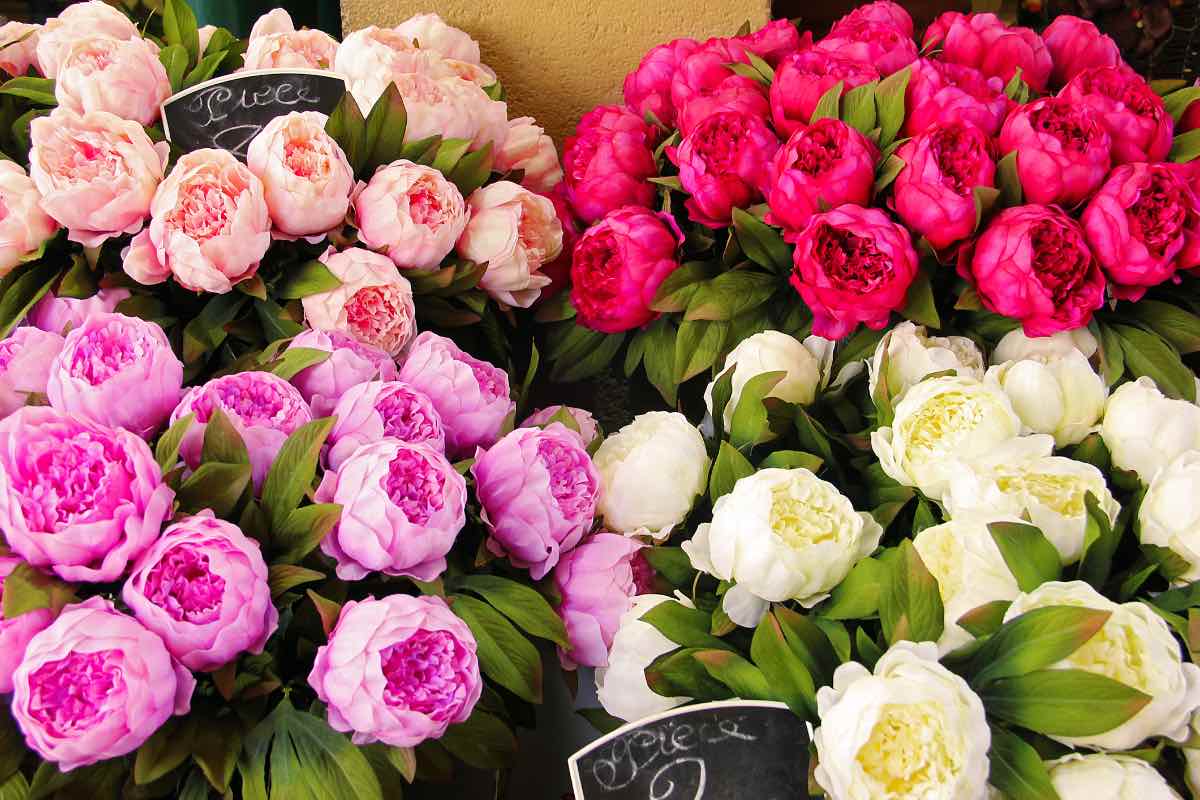
When considering indoor cultivation, selecting peony varieties that are more adaptable to such conditions is crucial. While all peonies can be grown indoors, certain types lend themselves more naturally to the indoor environment.
Tree peonies , for example, are an excellent choice for indoor gardening. They are more compact than their herbaceous counterparts, making them ideal for smaller spaces. Their vibrant blooms add an aesthetic appeal to any indoor arrangement.
Intersectional peonies , or “Itoh” peonies, are another excellent choice. A hybrid of tree and herbaceous peonies, these plants boast a variety of flower forms and colors. Their robust growth habit and prolific blooming make them a satisfying choice for the indoor gardener. Depending on the space and lighting available, other peony varieties, such as herbaceous or alpine, may also be suitable for indoor growth.
Selecting Containers and Soil for Indoor Peonies
Choosing the correct container and soil for indoor peonies is as critical as selecting the variety. Regarding containers, consider deep ones with ample room for root development. Peonies have a large root system and prefer not to be disturbed once planted, so starting with a container that provides sufficient room for growth is essential. Ceramic or plastic pots of at least 12 inches in depth and breadth are a good starting point.
As for the soil, peonies require a well-draining, fertile mix. Fortified with compost or well-rotted manure, a high-quality potting mix can provide the nutrient-rich environment that peonies crave. A pH level of 6 to 7 is optimal for these plants, so consider testing and adjusting your soil’s pH balance if necessary. Adding a layer of gravel or small stones to the bottom of your pot can also aid in drainage, ensuring that your peonies don’t get waterlogged, which can lead to root rot.
Choosing the Right-Sized Pot for Your Indoor Peonies
The size of the pot you choose for your indoor peonies significantly impacts their growth and blooming potential. As a rule of thumb, the pot should be large enough to plant peony roots , which need ample space to spread and grow. A pot that is too small will constrain root development, leading to a weak plant that produces few blooms.
Aim for a pot with a diameter and depth of at least 18 inches for an adult peony plant. This size should provide sufficient space for the roots to expand while ensuring the growing plant’s stability. For younger plants or seedlings, you can start with a smaller pot, around 12 inches in diameter and depth, then repot to a larger container as the plant matures. Peonies don’t like to be disturbed, so avoid repotting more often than necessary.
Preparing the Soil Mix for Indoor Peonies
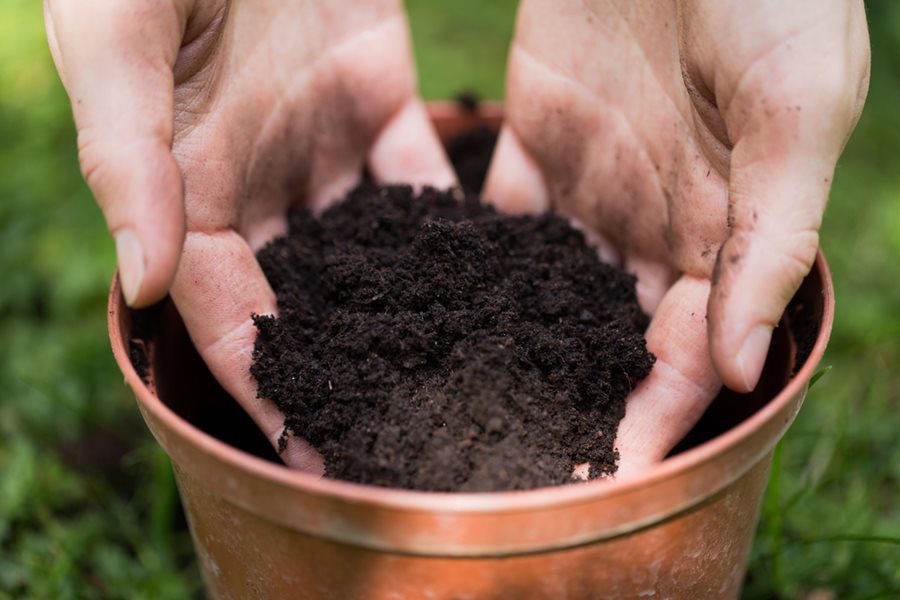
Proper soil preparation is vital in ensuring the health and vigor of your indoor peonies. A well-constructed soil mix can provide the essential nutrients, moisture, and drainage required for your peonies to thrive.
- Start with a High-Quality Potting Mix: Select a commercial potting mix that is rich in organic matter. This will serve as the base for your soil mix and provide essential nutrients to your peonies.
- Enrich with Organic Matter: Add compost or well-rotted manure to your potting mix to enrich it further. Organic matter improves the soil structure, enhances its ability to hold nutrients and water, and introduces beneficial microorganisms that boost plant health. A good measure is to mix in one part of compost or manure with every three parts of the potting mix.
- Optimize pH Level: Peonies prefer a slightly acidic to neutral pH. Use a soil testing kit to determine the pH level of your mix. If the pH is too high (alkaline), you can lower it by adding sulfur or peat moss. If it’s too low (acidic), lime can be added to raise the pH level.
- Aid Drainage with Coarse Sand or Perlite: Indoor peonies require well-draining soil to prevent waterlogging and root rot. Mix in coarse sand or perlite to your soil mix to improve its drainage. Incorporate roughly one part of sand or perlite into every three parts of your potting mix.
Planting Depth and Spacing for Indoor Peonies
Proper planting depth and spacing are crucial for the healthy growth of your indoor peonies. These factors not only affect root development and plant stability but also influence blooming.
Planting Depth: Peonies are sensitive to planting depth. If planted too deep, they may fail to bloom. The depth at which you plant your peony depends on the type of peony and its form (bare root or potted). For bare root peonies , position the root so that the buds (also known as “eyes”) are approximately 2 inches below the soil surface. If you’ve purchased a potted peony, it should be planted at the same depth it is in the pot. Peony bulbs also require a depth of 2 inches below the soil surface.
Spacing: Although indoor peonies won’t compete with other plants for space as they would in a garden, they still require sufficient space to spread their leaves and bloom. Ensure adequate space around your peony pot for air circulation, which helps prevent fungal diseases. If you have multiple pots, space them far enough apart to allow your peonies to grow without crowding each other.
Ideal Indoor Growing Conditions for Peonies
Growing peonies indoors requires careful attention to create the right conditions that mimic those found in their natural outdoor habitat. Here’s what you need to know:
Light: Peonies need a lot of light to bloom. Place them in a spot that receives at least six hours of bright, indirect sunlight each day. You can supplement natural light with a grow light if you don’t have a naturally well-lit space.
Temperature: Peonies prefer cooler temperatures, which mimic their natural spring blooming period. A daytime indoor temperature between 65-75°F (18-24°C) and a slightly cooler nighttime temperature is ideal.
Humidity: Peonies don’t require high humidity, but they don’t like overly dry conditions either. Maintain a moderate indoor humidity level. If the air in your home is too dry, consider using a room humidifier or placing your peony pot on a tray filled with water and pebbles to increase the humidity.
Water: Peonies do not like to sit in water, so it’s better to err on the side of under-watering than over-watering. Water your indoor peony thoroughly, then allow the top inch of soil to dry out before watering again. However, never let the soil become parched, which can stress the plant.
Fertilizer: Peonies benefit from regular feeding during the growing season. Begin feeding in the spring when shoots appear, using a slow-release fertilizer. Prevent excessive foliage growth by avoiding over-fertilizing, as it can hinder bloom development. Allow the plant to enter dormancy by ceasing feeding in late summer.
Pest Control for Indoor Peonies
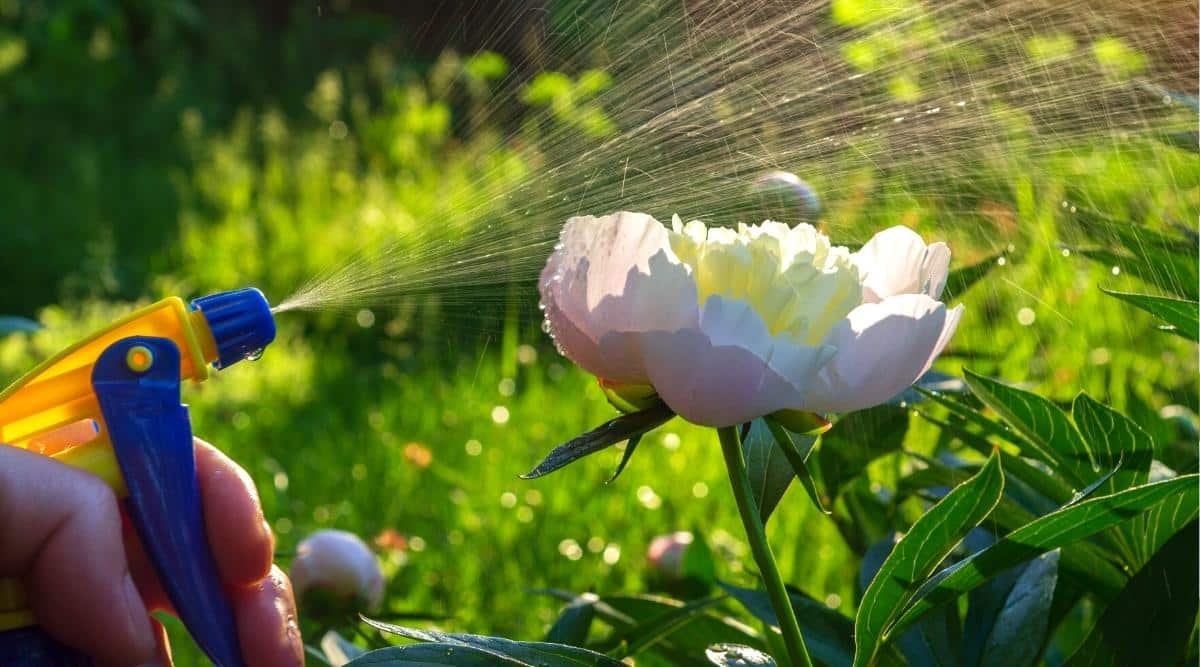
While peonies are generally resistant to pests, they can sometimes fall victim to mealybugs, aphids, or spider mites. If you notice any signs of pests , such as the presence of minor bugs or sticky residue on the leaves, treat the plant promptly. Use a soft cloth to wipe away pests, or apply a non-toxic insecticidal soap. Regularly inspecting your peonies and maintaining a clean growing environment can help prevent pest infestations.
Pruning and Deadheading Indoor Peonies for Healthy Growth
Pruning and deadheading are key gardening practices that contribute significantly to indoor peonies’ healthy growth and blooming.
Pruning is a process that involves removing dead or dying parts of the plant, which can often drain the plant’s energy and nutrients. Regularly pruning your indoor peonies can redirect the plant’s resources to healthier growth, leading to lush foliage and abundant blooms. Pruning also helps maintain the plant’s shape, prevents disease by enhancing air circulation, and stimulates new growth.
For indoor peonies, pruning should ideally occur when the plant enters dormancy in the fall. You should cut back the plant to above ground level and remove any foliage, as it can harbor disease over winter.
Deadheading, on the other hand, involves removing faded or spent blooms. This practice maintains the plant’s aesthetic appeal and encourages the growth of new blooms by preventing the plant from using energy to produce seeds. For peonies, deadheading should occur as soon as the flowers start fading.
Remember to use a sharp, clean pair of pruning shears for these tasks to make clean cuts and prevent the spread of disease. When done correctly, both practices play a crucial role in the overall health and vitality of your indoor peonies.
Winter Care and Overwintering Indoor Peonies
Indoor peonies need special care during winter to remain healthy and ready to bloom come spring. Here are some tips to help you provide the best winter care for your indoor peonies:
- Reducing Water: During winter, peonies enter a phase of dormancy, and their need for water decreases. Reduce watering, allowing the top layer of soil to dry out between watering sessions.
- Temperature Control: Ensure your peonies are in a cool location in your home, ideally between 35-40°F (1-4°C) , to mimic the outdoor climate they are accustomed to. However, avoid places with freezing temperatures as they can harm the root system.
- Adequate Light: Even in dormancy, peonies require light. Place them in a location that receives plenty of natural light, or supplement them with a grow light, if necessary.
- Pruning: Prune your peonies in the late fall to prepare them for winter. Cut back the stems to just above the soil surface.
- Protect from Pests and Diseases: Check regularly for signs of pests or diseases that can take advantage of the plant’s dormancy. A healthy plant during winter increases the chances of a vibrant bloom in spring.
- Limit Fertilizing: Stop any fertilizer application in the late summer or early autumn, and don’t resume until the following spring when new growth appears.
- Maintain Humidity: Indoor heating can create dry conditions. If the air in your home is too dry, consider using a room humidifier or placing your peony pot on a tray filled with water and pebbles to increase the humidity.
Final Thoughts
Growing peonies indoors may require some effort, but the results are well worth it. These stunning plants add beauty and fragrance to your indoor space, providing a welcome break from the dullness of winter. With proper care and attention, your peonies will reward you with their lush foliage and abundant blooms year after year. So go ahead and give indoor peony growing a try – the results may surprise you!

